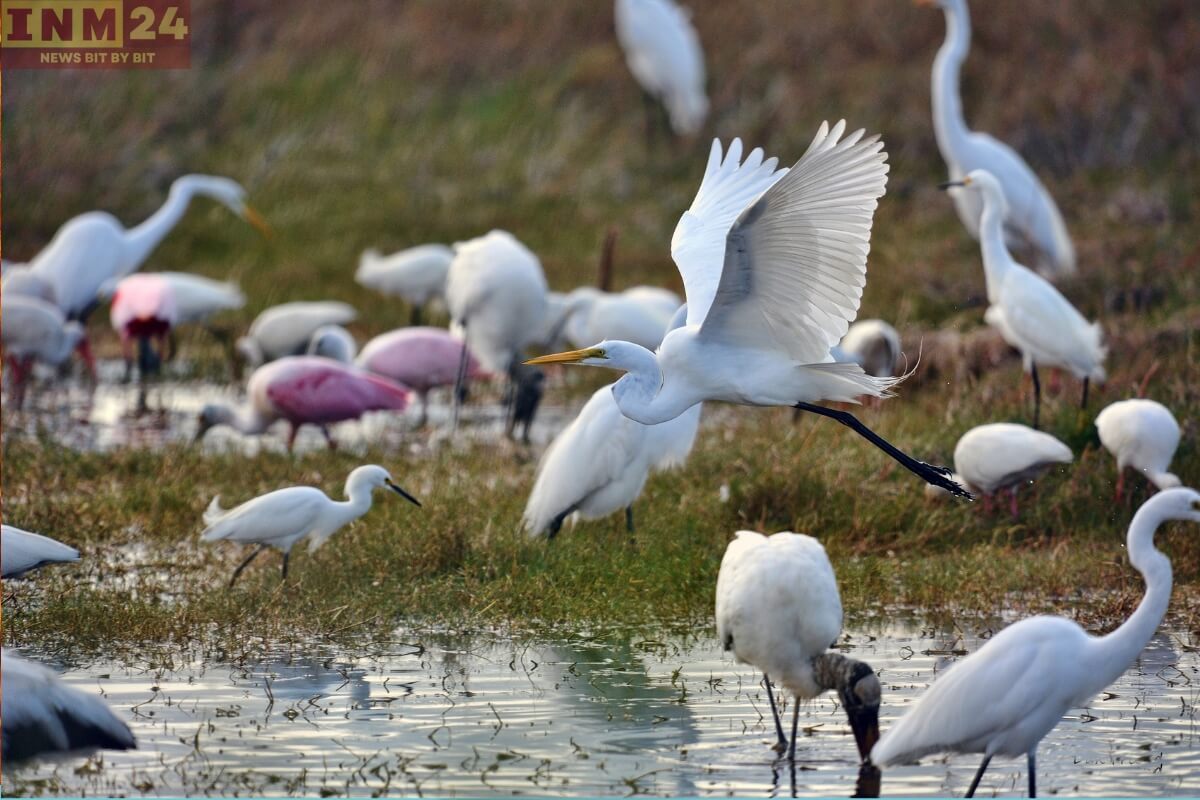Migratory birds, with their remarkable journeys spanning vast distances across continents, have long captivated the curiosity of scientists and nature enthusiasts alike. How these birds navigate the skies with such precision and endurance has been a topic of fascination and study for centuries. Recently, researchers have made significant strides in unraveling one of the mysteries surrounding migratory birds: how they learn while in flight.
A Journey of Discovery
For years, scientists have marveled at the navigational abilities of migratory birds, which allow them to embark on journeys of thousands of miles with pinpoint accuracy. While it was known that birds rely on a variety of cues, including magnetic fields, celestial cues, and landmarks, the process by which they learn and refine their navigation skills while in flight remained largely elusive.
Insights from Cutting-Edge Research
In a groundbreaking study published in a leading scientific journal, researchers have shed light on the learning mechanisms employed by migratory birds during flight. Using advanced tracking technology and behavioral experiments, scientists were able to observe and analyze the learning process in real-time.
Key Findings
One of the key findings of the study was the role of social learning in avian navigation. Researchers discovered that migratory birds often travel in flocks during their journeys, and younger birds learn from more experienced individuals within the flock. By observing the behavior of their peers and following their lead, young birds are able to acquire and refine their navigation skills over time.
Furthermore, the study revealed the importance of trial and error in the learning process. Migratory birds were observed making small adjustments to their flight paths based on environmental cues and feedback from their surroundings. Through repeated exposure to different conditions and challenges, birds gradually fine-tuned their navigational abilities, allowing them to navigate more efficiently and accurately.
Implications and Future Directions
The insights gained from this research have far-reaching implications for our understanding of avian navigation and learning. By uncovering the mechanisms underlying how migratory birds learn while in flight, scientists are better equipped to develop conservation strategies and mitigate potential threats to bird populations, such as habitat loss and climate change.
Moreover, this research opens up new avenues for future studies aimed at exploring the cognitive abilities of birds and other animals. By delving deeper into the mysteries of avian learning and behavior, scientists hope to gain further insights into the complexities of the natural world and our place within it.
The study of how migratory birds learn in flight represents a significant milestone in our quest to unravel the secrets of avian navigation. By combining cutting-edge technology with meticulous observation and analysis, researchers have unlocked valuable insights into the learning mechanisms employed by these remarkable creatures. As we continue to delve deeper into the mysteries of the natural world, the discoveries made in this field promise to enhance our understanding of animal behavior and inspire new avenues of research for years to come.
